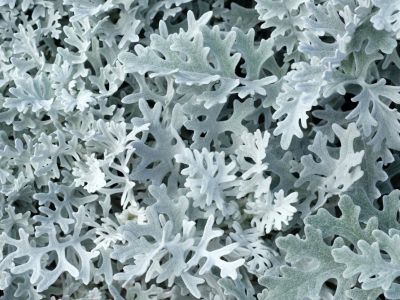Dusty Miller Care
Although the dusty miller flower blooms in midsummer, the small yellow blooms are small and not considered showy. The foliage of the dusty miller plant, however, is long lasting and drought resistant. As with most silvery, furry plants, growing dusty miller helps the garden remain attractive through the heat of the summer. It will also tolerate frost. The dusty miller plant is often grown as an annual and discarded after the first season, however, it is an herbaceous perennial and may return in USDA plant hardiness zones 8 to 10. Growing dusty miller can handle the heat, but is best planted where afternoon shade is available during the hottest months of summer. The dusty miller plant is adaptable to many soil types, thriving in acidic clay to sandy loam soils. The soil must be well-draining to avoid root rot. Water regularly right after planting and withhold water once roots have developed and the plant is growing. Dusty miller care may involve a midsummer trim if the plant becomes leggy. The dusty miller flower may be removed to keep the plant compact. This specimen can grow as tall as 1 foot (31 cm.) but often remains shorter. Leave a few flowers to bloom in late summer if you wish the plant to self-seed.
What Can Dusty Miller Be Planted With?
Dusty miller may be used as a background plant for low growing, creeping annual plants, such as wave petunias. It may be attractively placed among ornamental grasses. Growing dusty miller may effectively be used in borders or as part of an outdoor container planting. Take advantage of growing dusty miller’s drought tolerance and interplant in a xeric garden, away from the water source. The xeriscape garden is an effective way to save water and time. Include native shrubs and flowers, apply a pre-emergence weed preventer or mulch and forget about dusty miller care for the summer. During periods of extreme drought, however, even xeric gardens benefit from an occasional soaking. When growing dusty miller, be sure to plant compatible, colorful companions. The lacy leaves are resistant to deer and are an excellent choice for areas where browsing animals may create problems with other plants in the landscape.
